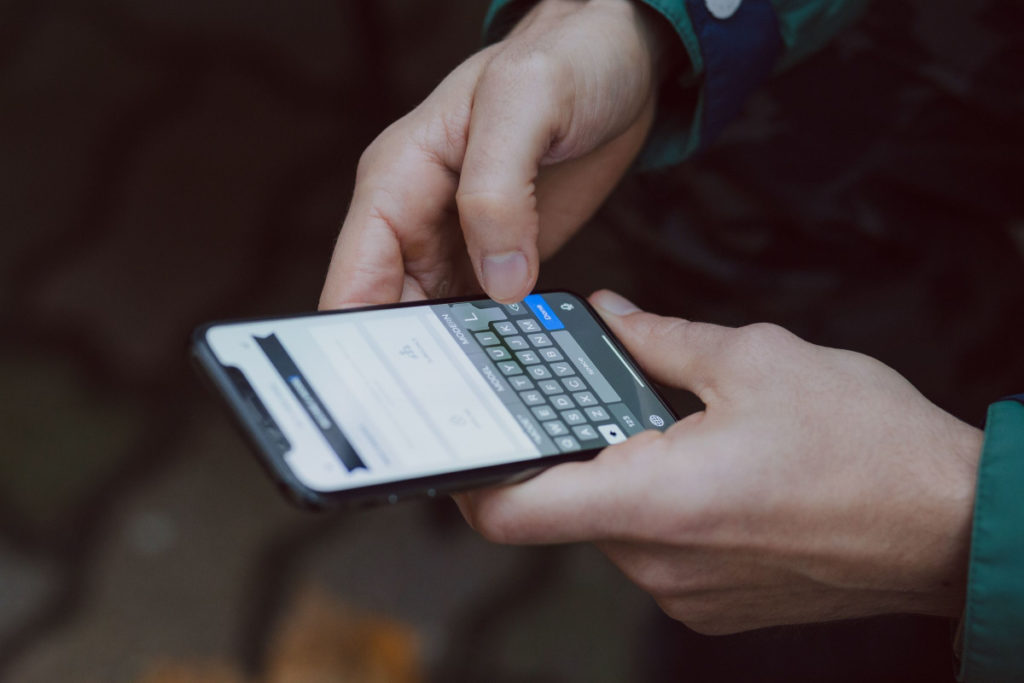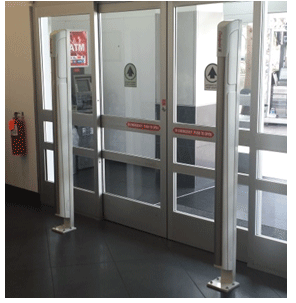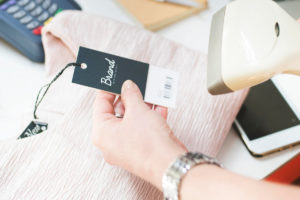
Shrinkage – Employee theft, shoplifting, clerical and vendor errors-is an issue that big and small retailers have in common. From Wal-mart to Target and whole-sellers like Costco, shoplifting is a common occurrence that cost the retail industry billions of dollars each year.
Many small business owners in the retail industry choose to not prosecute the theft. The reasons? The cost associated with prosecuting a shoplifter or employee theft is too costly for many of them and believe at the end of the ordeal it is in their best interest to take the theft as a business loss.
For the big retail chains, theft is important and the measures they take to prevent, prosecute and avoid it are serious. The profits are greatly diminished when shoplifting, employee theft, and vendor or clerical errors occur frequently in their business.
How can they be profitable if they do not combat a financially crippling problem?
The retail industry’s shrinkage average nationwide is between 1%-2%, and for many retailers that is a big chunk of their profits that will disappear every year. Big retailers like J.C. Penney and Costco have implemented shrink measures that have seen shrink reduction decrease tremendously. Costco shrink’s rate is just 0.11% to 0.12% of sales and J. C. Penney has seen a decrease of 20% reduction in shrink dollars.
The security measures they have been implemented in those stores are the big difference between out of control losses and security measures that are working out for them to prevent theft in their stores.
For many of these stores, implementing technology to combat theft is the first step they take in their quest to prevent it.
Personnel training is another big change they take into consideration when dealing with theft. Research has shown for many years now, that a happy employee is an employee that will, in the long run, be an asset to your business. Training employees, and providing them with a good salary are investments that many companies take seriously, and research has shown happy employees provide a better customer experience that results in less theft.
Shoplifting and employee theft are hard to combat and they can be hard to understand when looking at profits. There are solutions your store can implement to combat them and to give you peace of mind. Finding a solution is necessary and too important to ignore for too long.






 It’s here! The holiday season and there is a spirit of goodwill that hopefully we all share towards each other. For retail owners and managers the joyful spirit is boosted when sales are good as customers are buying gifts and purchasing foods for baking and holiday meals. For the most part people seem to be a bit more patient towards each other (except maybe in a mall parking lot where drivers fight for the best parking places). It really is the most wonderful time of the year!
It’s here! The holiday season and there is a spirit of goodwill that hopefully we all share towards each other. For retail owners and managers the joyful spirit is boosted when sales are good as customers are buying gifts and purchasing foods for baking and holiday meals. For the most part people seem to be a bit more patient towards each other (except maybe in a mall parking lot where drivers fight for the best parking places). It really is the most wonderful time of the year! Loss Prevention is a wonderful career choice that can lead to other positions in retail. There are, however tips I wish I had known before I began the job that would have prepared me for the adventure I was about to embark on. I started out in a Loss Prevention Associate position after spending four years as a U.S. Air Force Law Enforcement Specialist and another 2 ½ years earning a Bachelor’s Degree.
Loss Prevention is a wonderful career choice that can lead to other positions in retail. There are, however tips I wish I had known before I began the job that would have prepared me for the adventure I was about to embark on. I started out in a Loss Prevention Associate position after spending four years as a U.S. Air Force Law Enforcement Specialist and another 2 ½ years earning a Bachelor’s Degree. Maybe you have seen it before and never gave it much thought, you walked by a cash register and saw a gift card lying next to it. A customer probably just changed their mind, right? Perhaps you saw your salesfloor person wearing a heavy jacket while working but you just attributed it to them being cold all the time. You may notice cash shortages periodically but they are under $10 and some people get busy and make little mistakes, it happens. Then there is the cashier that seems to be really interested in the store and always reports suspicious people he sees. He even asks managers if there might be security camera footage that could be reviewed to see the “suspect” in case they return. There is the saleswoman who finds a lot of empty packages on the floor and reports them to the manager and where she found them so managers would know about theft taking place in the store. These each seem like harmless issues on the surface but could there be something more nefarious going on under your nose? Is something starting to seem a bit curious after all? If you are suspecting something dishonest may be going on in your store what is your next step?
Maybe you have seen it before and never gave it much thought, you walked by a cash register and saw a gift card lying next to it. A customer probably just changed their mind, right? Perhaps you saw your salesfloor person wearing a heavy jacket while working but you just attributed it to them being cold all the time. You may notice cash shortages periodically but they are under $10 and some people get busy and make little mistakes, it happens. Then there is the cashier that seems to be really interested in the store and always reports suspicious people he sees. He even asks managers if there might be security camera footage that could be reviewed to see the “suspect” in case they return. There is the saleswoman who finds a lot of empty packages on the floor and reports them to the manager and where she found them so managers would know about theft taking place in the store. These each seem like harmless issues on the surface but could there be something more nefarious going on under your nose? Is something starting to seem a bit curious after all? If you are suspecting something dishonest may be going on in your store what is your next step?